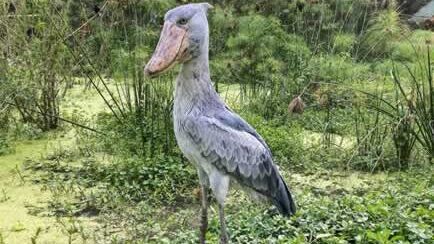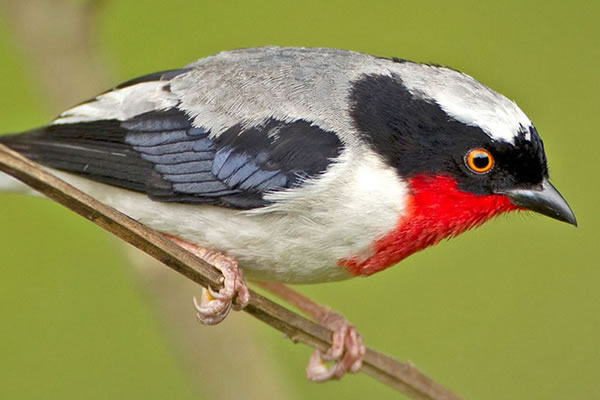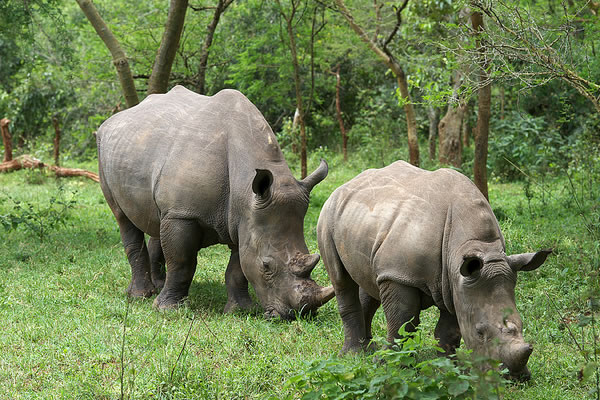Shoebill Stork Uganda
Shoebill Stork Uganda. Uganda‘s diverse and vibrant ecosystem is home to a plethora of unique and awe-inspiring species. Among them, the Shoebill Stork (Balaeniceps rex) stands out as a truly captivating and enigmatic bird. Furthermore, with its distinctive appearance and elusive nature, the Shoebill has captured the fascination of wildlife enthusiasts, birdwatchers, and researchers alike..
Appearance and Features of Shoebill Stork Uganda
The Shoebill Stork Uganda, aptly named for its remarkable shoe-like bill, is a large and impressive bird that can reach up to 5 feet (1.5 meters) in height. And boast a wingspan of around 8 feet (2.5 meters). Its most distinctive feature, however, is its enormous, flattened bill, which resembles a prehistoric creature’s snout. The bill is perfectly adapted for its unique hunting technique. This allows it to stand still in murky waters and snap its jaws shut with remarkable speed. And capturing unsuspecting prey like fish, amphibians, and even small mammals.
The bird‘s appearance is further characterized by its slate-gray plumage, accented by striking feathers on its wings and tail. Its large, piercing yellow eyes add to its captivating aura. And this allows it to keenly observe its surroundings as it stands motionless in the water. And ready to strike at any movement.
Habitat and Distribution
The Shoebill Stork is primarily found in the swamps, marshes, and wetlands of central tropical Africa. For example, the Democratic Republic of Congo, South Sudan, Zambia, and, of course, Uganda. Uganda‘s diverse array of wetland habitats, including the expansive Mabamba Bay Wetland and Queen Elizabeth National Park. These provide ideal locations for observing and studying these majestic creatures.
Behavior and Ecology
Despite its impressive size and somewhat intimidating appearance, the Shoebill Stork is known for its slow and deliberate movements. In addition, It spends much of its time standing in shallow waters, patiently waiting for its next meal to swim by. Once it spots a potential target, the bird will launch its bill with remarkable precision. Thereby snaring its prey in the blink of an eye.
The Shoebill is a solitary bird, and its low population density adds to its mystique and the challenges of studying it. The species is classified as “Vulnerable” on the IUCN Red List due to habitat loss and degradation, as well as potential threats from human activities.
Conservation Efforts
In Uganda, conservationists and researchers have recognized the importance of protecting the Shoebill Stork and its wetland habitats. Organizations like the Nature Uganda, Uganda Wildlife Authority, and Wetlands International are actively involved in monitoring and preserving these critical ecosystems. Efforts include community engagement, education, and advocacy to promote sustainable practices that benefit both the local communities and the unique wildlife.
Birdwatching and Ecotourism
Uganda has become a prime destination for birdwatchers. And ecotourists seeking to catch a glimpse of the elusive Shoebill Stork. The country’s diverse landscapes, ranging from lush forests to expansive wetlands, provide an ideal backdrop for birdwatching adventures. Guided tours and expert naturalists offer visitors the opportunity to explore these habitats and potentially spot the Shoebill, along with numerous other fascinating bird species that call Uganda home.
Conclusion
The Shoebill Stork’s remarkable appearance, unique hunting behavior, and habitat preferences make it a captivating subject of study and admiration. Uganda‘s commitment to conservation and sustainable practices ensures that these majestic birds continue to grace the wetlands and marshes, serving as a testament to the country’s rich biodiversity and the urgent need to protect it for generations to come. As we celebrate the natural wonders of Uganda, the enigmatic Shoebill Stork rightfully takes its place as one of the nation’s avian treasures.



